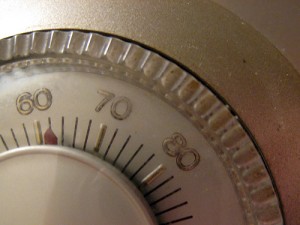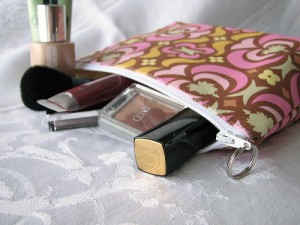 The diamond engagement ring is one of those traditions that many frugal people shun. After all, diamonds are expensive, mining practices are often unethical, and who says you even need one?
The diamond engagement ring is one of those traditions that many frugal people shun. After all, diamonds are expensive, mining practices are often unethical, and who says you even need one?
In the interest of full disclosure, I will admit that I have a traditional diamond engagement ring. I love my engagement ring. It is the fanciest piece of jewelry I’ve ever owned (and probably will ever own), and I wouldn’t give it up for the world. But honestly, it’s important to me because he gave it to me. It could have been anything, and I would cherish it the same way.
My best friend and her soon-to-be official fiance are trying to plan a wedding and start their lives together in this awful economy. Like a lot of people, they’re making decisions to help them save instead of spending more. So when they decided to make their engagement official, they chose an unconventional route for the engagement ring.
My best friend’s fiance’s parents are divorced, but his mom kept her diamond engagement ring. She offered to give it to him so he could propose. They’re having the stone reset in a white gold band that my best friend picked out to make it her own. The cost for this beautiful half-carat diamond ring? Just $350 instead of the usual $1,000+ most people pay.
Because the ring came from his parents, it has sentimental value, and now it will be worn proudly instead of hidden away in a jewelry box. I absolutely love this idea.
Another option for frugal fiances is the non-diamond engagement ring. My sister’s husband gave her a beautiful sapphire ring that cost a fraction of the price of a diamond.
Whatever you choose to symbolize your commitment to your fiance, remember that the important thing is the commitment — not the jewelry.






